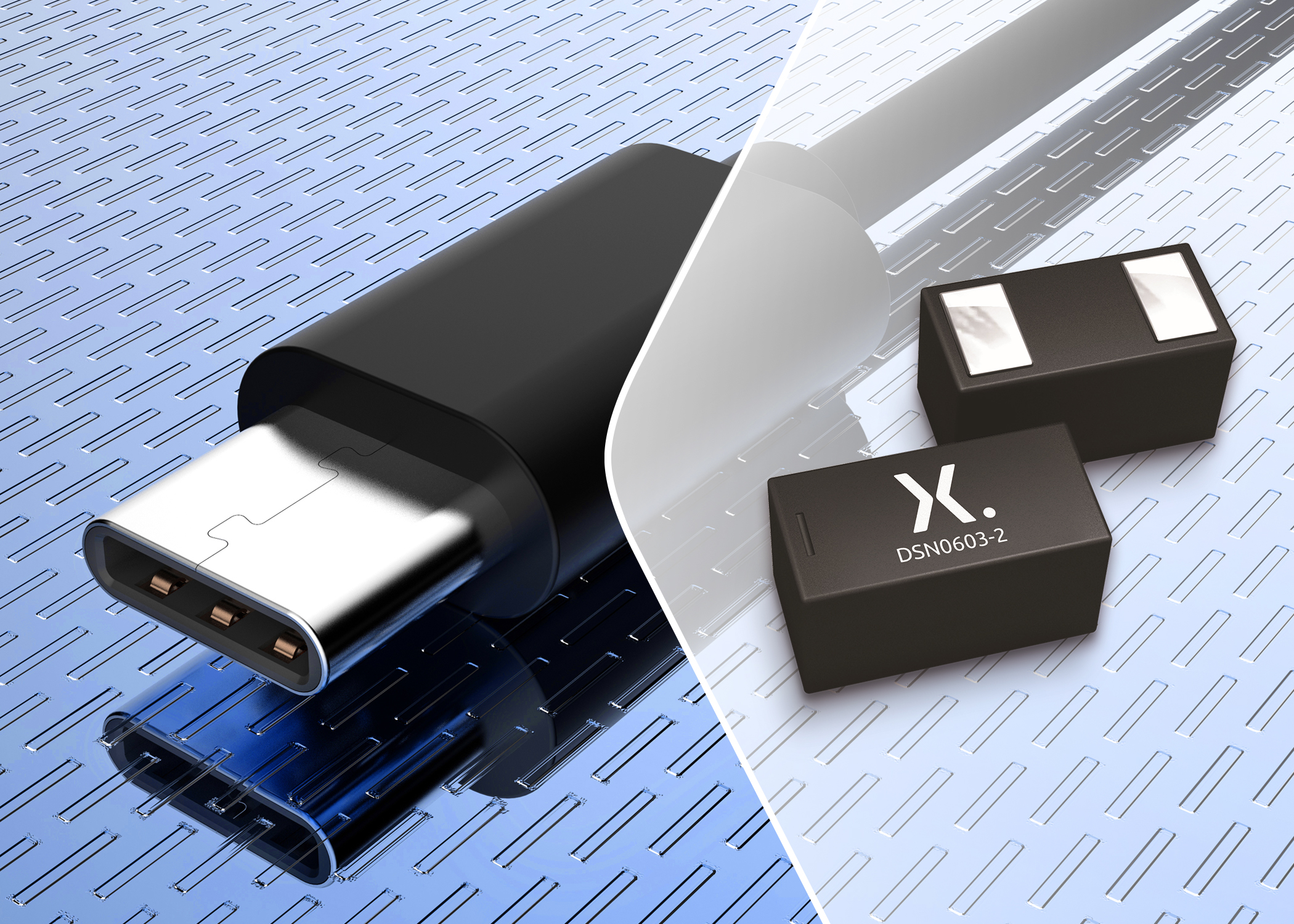 Nexperia announced two PESD5V0R1BxSF extremely low clamping and capacitance bidirectional Electrostatic Discharge (ESD) protection diodes. Based on Nexperia’s TrEOS technology with active silicon-controlled rectification, the devices ensure optimal signal integrity for USB4 (up to 2 x 20 Gbps) data lines on laptops and peripherals, smartphones, and other portable electronic equipment.
Nexperia announced two PESD5V0R1BxSF extremely low clamping and capacitance bidirectional Electrostatic Discharge (ESD) protection diodes. Based on Nexperia’s TrEOS technology with active silicon-controlled rectification, the devices ensure optimal signal integrity for USB4 (up to 2 x 20 Gbps) data lines on laptops and peripherals, smartphones, and other portable electronic equipment.The PESD5V0R1BDSF is optimized for low clamping and offers extremely low insertion loss figures of ‑0.28 dB at 10 GHz and similarly low return loss figures of ‑19 dB at 10 GHz. The PESD5V0R1BCSF, on the other hand, is optimized for RF performance with insertion loss data of -0.25 dB and return loss data of -19.4 dB at 10 GHz each. This makes it ideal for applications with further limited budgets for insertion loss and returns loss.
Both devices are housed in the ultra-low inductance DSN0603-2 (SOD962-2) leadless package, with a standard 0.6 mm x 0.3 mm footprint and 0.3 mm profile, with return-loss optimized solder pads. For USB4TM, it is mandatory to have AC-coupling capacitors also for the receiver (Rx) inputs. The voltage rating VRWM of the PESD5V0R1BxSF devices (>2.8 V) allows them to be placed directly behind the connector, which is the preferred position to include these capacitors in the protection and to achieve the best system-level ESD performance. This voltage rating makes them backward compatible with all standards that can connect over USB Type-C. Along with USB4, this includes USB 3.2, the older USB3.x as well as Thunderbolt and HDMI2.1 (in HDMI Alt Mode) data lines, with HDMI2.1 data rates being supported up to 48 Gbps (4 x 12) and ThunderboltTM up to 40 Gbps (2 x 20). At the same time, TrEOS technology ensures very low ESD voltage clamping to protect sensitive transceivers.

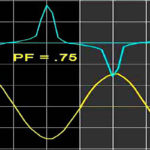
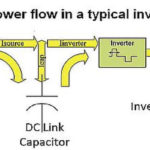
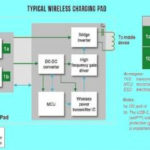
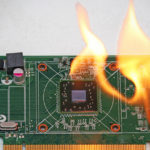
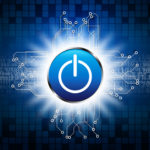

Leave a Reply